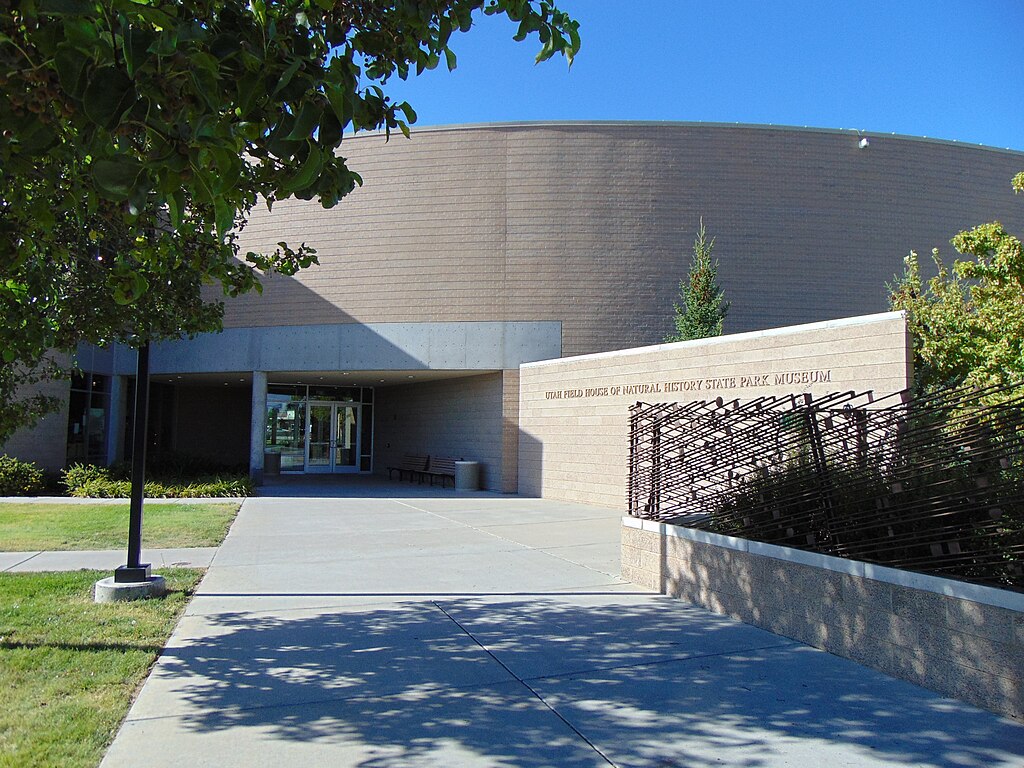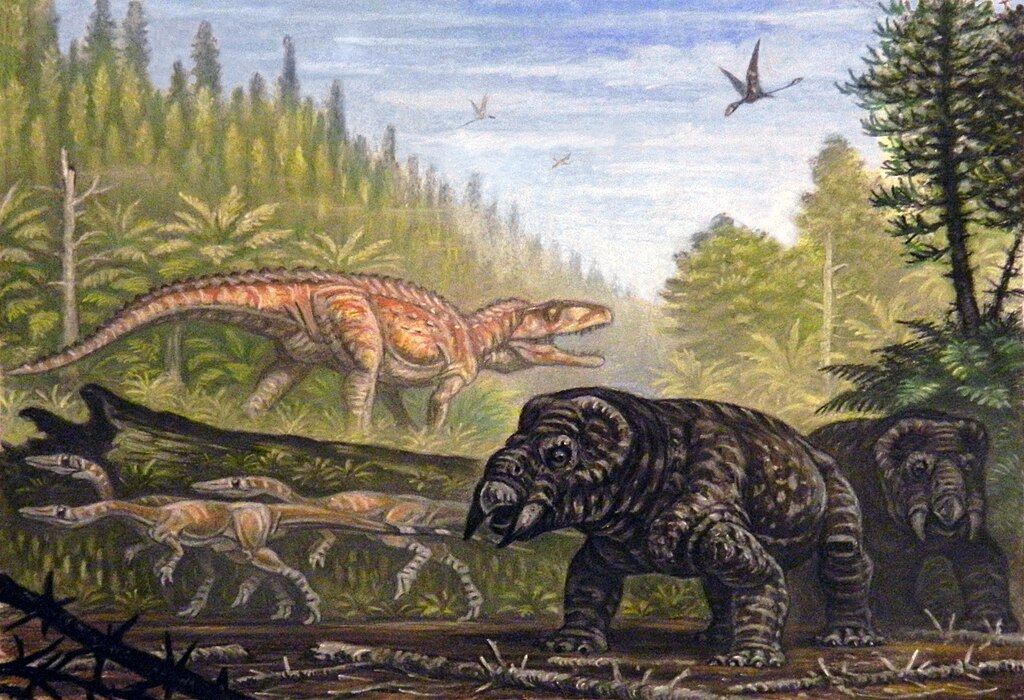Standing on the edge of time itself, you might find yourself wondering what secrets lie buried beneath your feet. In the heart of Utah’s dinosaur country, where ancient giants once roamed and prehistoric seas once lapped at primordial shores, the Field House of Natural History State Park Museum emerges as a portal to Earth’s most magnificent chapters. This isn’t just another museum with dusty displays behind glass – it’s a living laboratory where every fossil tells a story spanning millions of years, and every exhibit reveals the incredible drama that unfolded long before humans ever walked the planet.
A Gateway to Deep Time
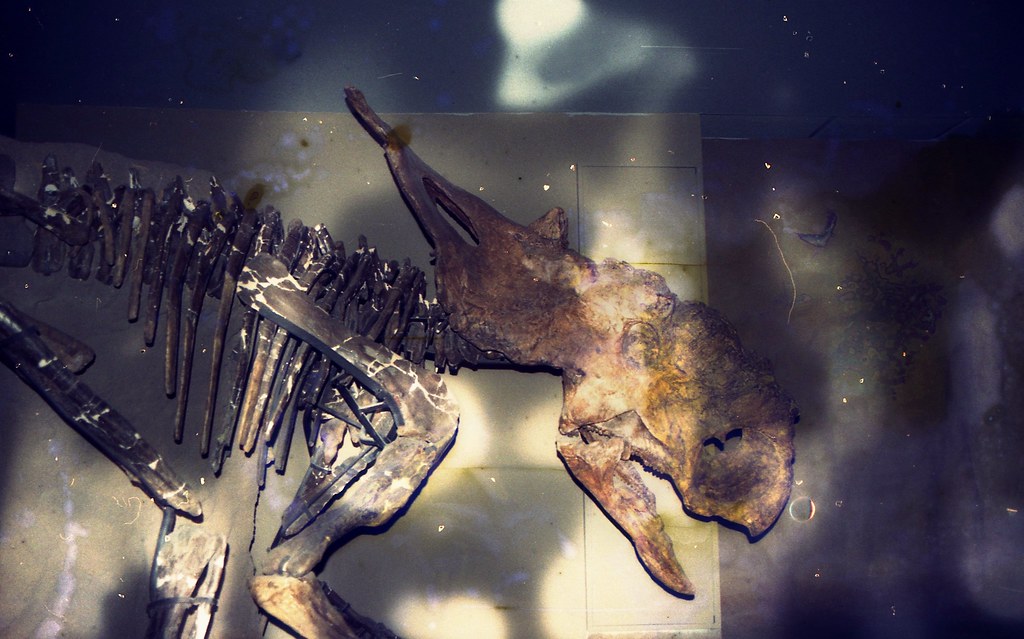
The Field House of Natural History stands as Utah’s premier destination for understanding our planet’s ancient past. Located in Vernal, this remarkable institution serves as both museum and research center, housing one of the most impressive collections of dinosaur fossils and prehistoric artifacts in the American West.
What makes this place truly special isn’t just its collection, but its commitment to ongoing discovery. Active paleontologists work alongside educators to bring fresh findings directly from the field to the public eye. The museum’s philosophy centers on making deep time accessible – helping visitors grasp the almost incomprehensible spans of geological history through interactive experiences and stunning displays.
The Geological Canvas of Eastern Utah
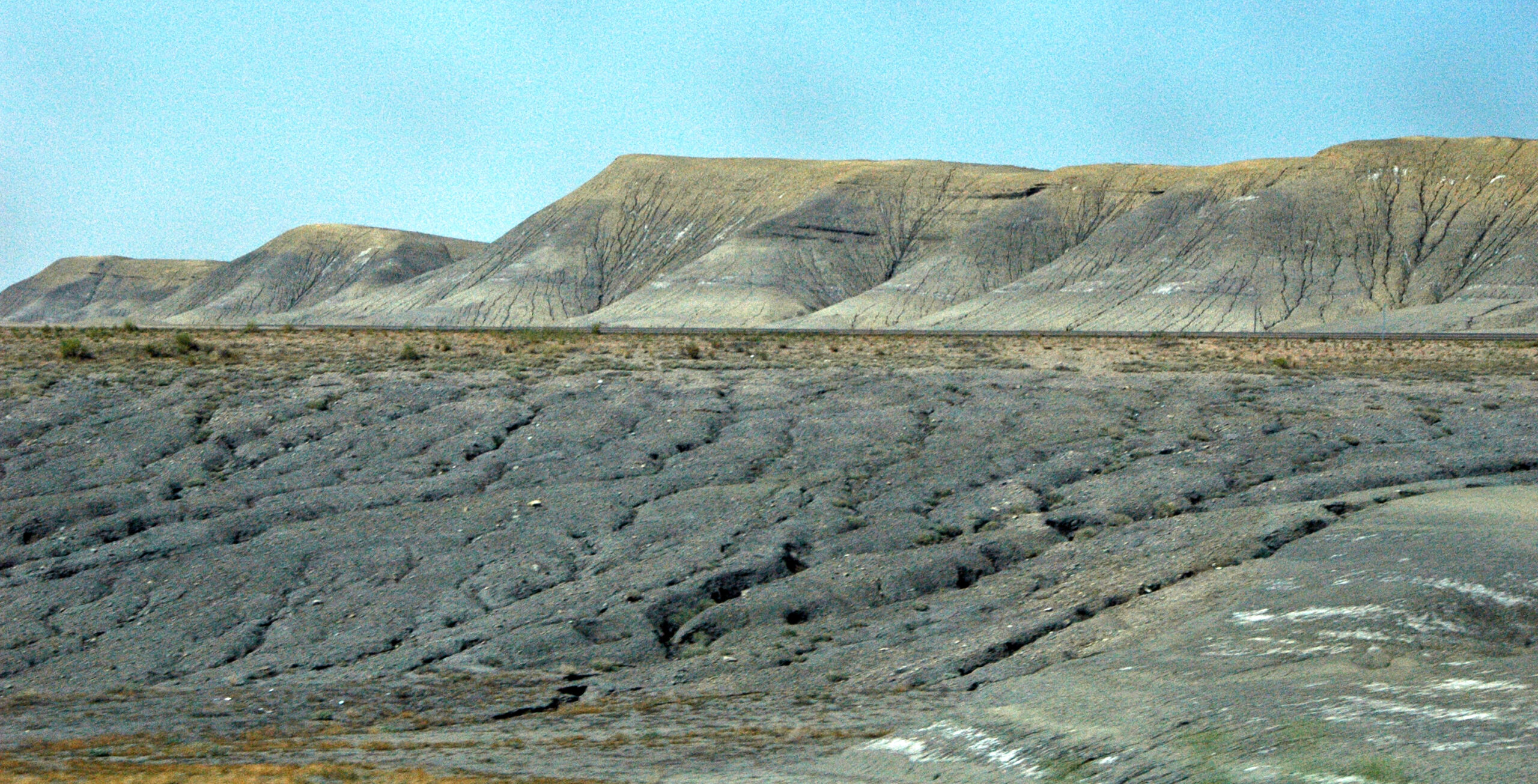
Eastern Utah presents one of Earth’s most complete geological textbooks, with rock layers spanning over 300 million years of history. The Morrison Formation, visible throughout the region, has yielded some of the most significant dinosaur discoveries in North America. These sedimentary rocks, laid down during the Late Jurassic period, preserve an ecosystem teeming with life from approximately 156 to 145 million years ago.
The Field House sits at the heart of this geological wonderland, where visitors can literally touch rocks that formed when dinosaurs ruled the Earth. The museum’s outdoor exhibits allow guests to walk through time, examining different rock layers and understanding how each stratum represents a chapter in our planet’s biography. This hands-on approach transforms abstract geological concepts into tangible experiences.
Dinosaur National Monument Connection

Just a stone’s throw from the museum lies Dinosaur National Monument, one of the world’s most significant paleontological sites. The Field House serves as the perfect preparation point for visitors heading to the monument, providing essential context for understanding what they’ll encounter in the field. The museum’s exhibits directly complement the monument’s fossil exposures, creating a comprehensive educational experience.
The relationship between these two institutions runs deeper than geography. Many of the specimens displayed at the Field House were discovered within the monument’s boundaries, and ongoing research projects connect both sites. This partnership ensures that new discoveries quickly find their way into public education, keeping the museum’s content fresh and scientifically current.
The Hall of Dinosaurs Experience
Walking into the Hall of Dinosaurs feels like stepping into a prehistoric world where giants ruled the landscape. The centerpiece features spectacular skeletal mounts of Allosaurus, Stegosaurus, and other Jurassic predators and herbivores. These aren’t mere replicas – many are actual fossil bones painstakingly assembled by skilled preparators.
The hall’s design creates an immersive environment where visitors can appreciate both the massive scale of these ancient creatures and the intricate details of their anatomy. Interactive displays explain how paleontologists determine everything from diet to behavior based on fossil evidence. The experience challenges visitors to think like scientists, examining clues left behind in stone.
Special lighting effects and carefully positioned displays create dramatic shadows and perspectives, helping visitors visualize how these creatures might have moved and interacted in their ancient world.
Fossil Preparation Laboratory
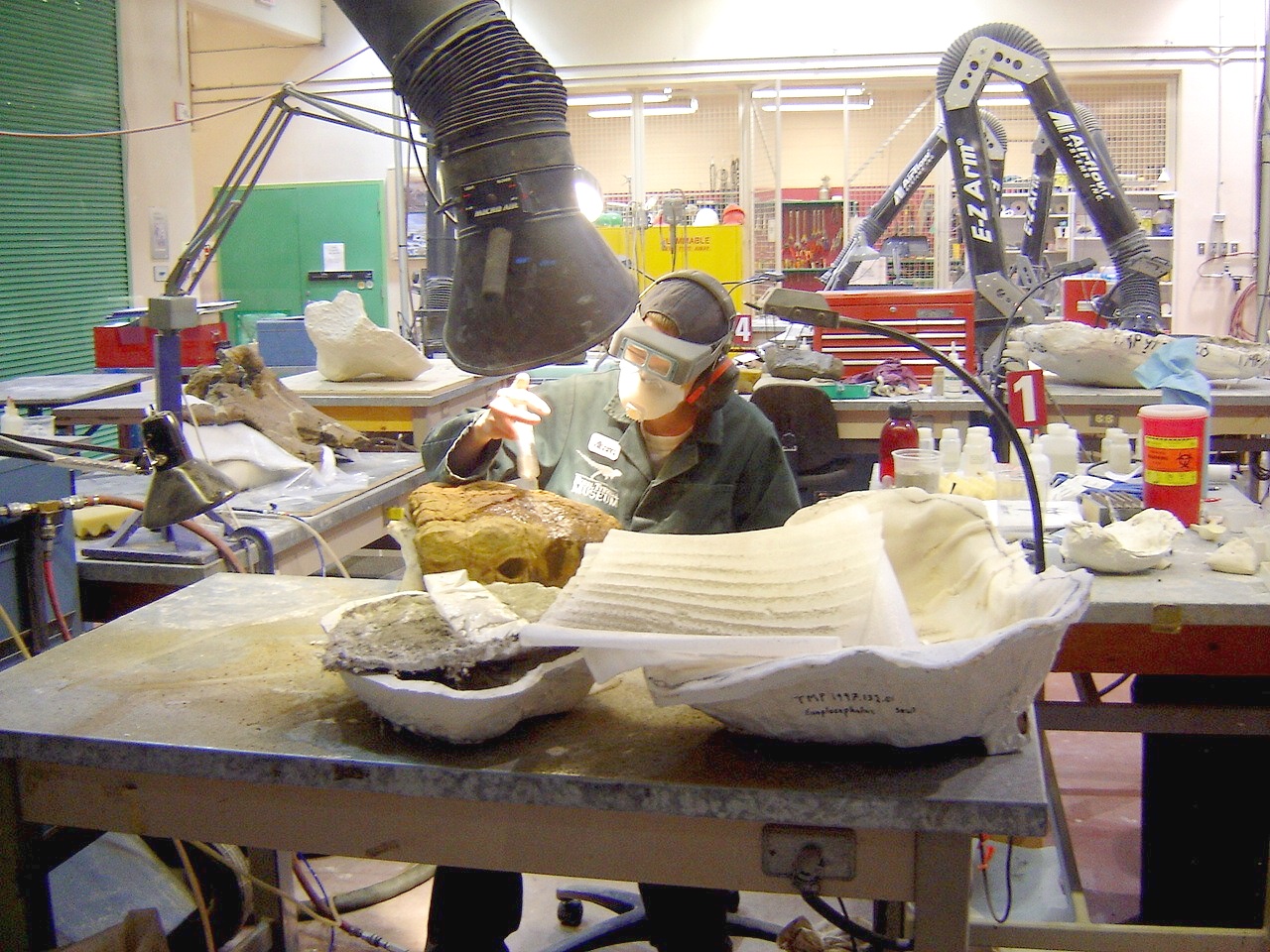
One of the museum’s most fascinating features is its working fossil preparation laboratory, where visitors can watch skilled technicians carefully extract prehistoric treasures from their rocky tombs. This behind-the-scenes glimpse reveals the painstaking process of paleontological work, where a single fossil might require hundreds of hours of careful preparation.
The lab’s viewing windows allow observers to witness the transformation of rough field specimens into museum-quality displays. Preparators use everything from dental picks to pneumatic tools, carefully removing matrix rock while preserving delicate bone structure. This process often reveals surprising details invisible in the field, sometimes leading to new scientific insights.
Scheduled demonstrations and talks by the preparation staff provide deeper understanding of the techniques and challenges involved in fossil preparation, making this normally hidden aspect of paleontology accessible to the public.
Ancient Seas and Marine Fossils
Long before dinosaurs dominated the landscape, ancient seas covered much of what is now Utah, leaving behind a rich legacy of marine fossils. The Field House showcases this aquatic prehistory through displays of trilobites, ammonites, and other sea creatures that inhabited these vanished oceans. These exhibits reveal how dramatically Earth’s geography has changed over geological time.
The museum’s marine fossil collection includes specimens spanning from the Cambrian period through the Mesozoic era, telling the story of how life evolved in Earth’s ancient oceans. Visitors can examine the intricate details of trilobite compound eyes, marvel at the spiral shells of giant ammonites, and learn how these creatures adapted to their aquatic environments.
Trace Fossils and Ancient Behavior
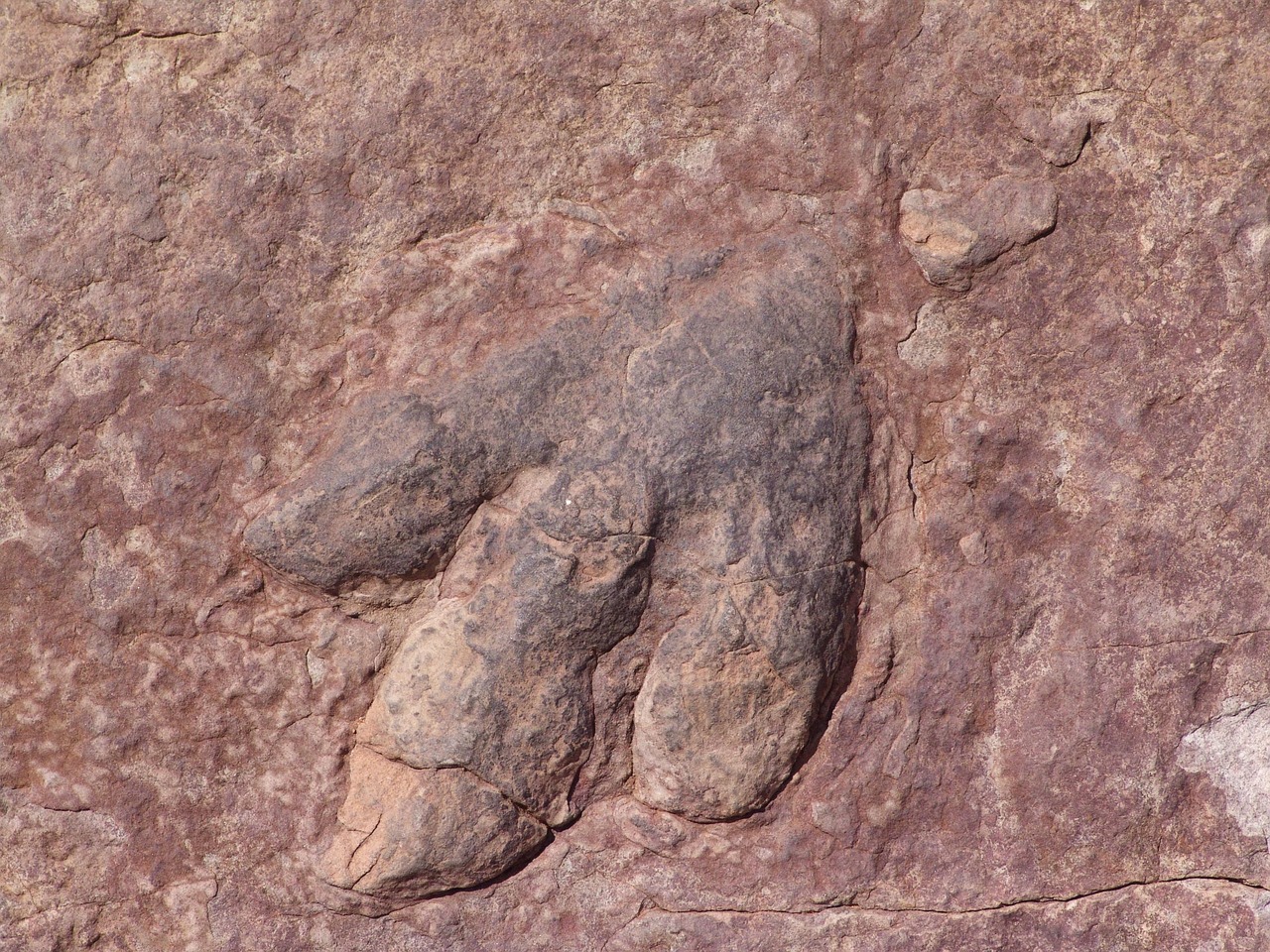
Beyond bones and shells, the Field House showcases trace fossils – the preserved evidence of ancient life activities. Dinosaur tracks, coprolites, and fossilized nests provide unique insights into prehistoric behavior that skeletal remains alone cannot offer. These traces transform our understanding of extinct creatures from static museum pieces into dynamic, living beings.
The museum’s trackway displays include some of the most significant dinosaur footprint discoveries from the region. These fossilized footprints reveal information about dinosaur gait, speed, social behavior, and migration patterns. Some trackways show evidence of herding behavior, while others capture dramatic predator-prey interactions frozen in stone.
Interactive exhibits allow visitors to compare their own footprints with those of various dinosaur species, providing a visceral connection to these ancient giants and helping people appreciate the true scale of prehistoric life.
Climate and Environmental Reconstruction
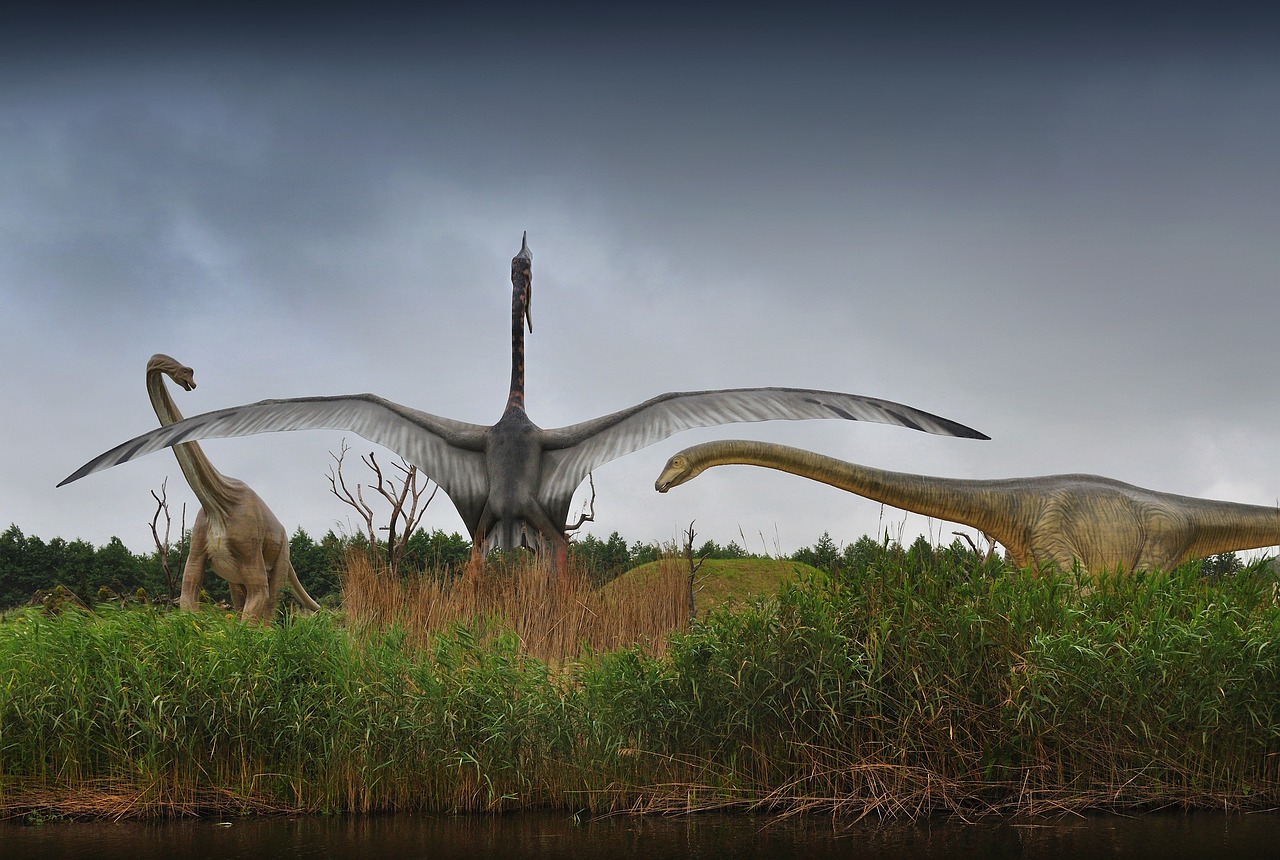
Understanding ancient climates requires detective work that goes far beyond individual fossils. The Field House presents sophisticated reconstructions of past environments based on multiple lines of evidence including plant fossils, soil chemistry, and sedimentary structures. These exhibits reveal how dramatically Earth’s climate has changed throughout geological history.
The Late Jurassic period, when many of the region’s dinosaurs lived, featured a much warmer and more humid climate than today’s Utah. Lush forests and river systems supported diverse ecosystems that modern visitors can barely imagine. The museum’s dioramas and digital reconstructions bring these ancient landscapes to life.
Current research on ancient climates takes on new relevance as scientists study how Earth’s climate system responds to major changes, providing valuable perspectives on contemporary climate science.
Indigenous Perspectives and Human History
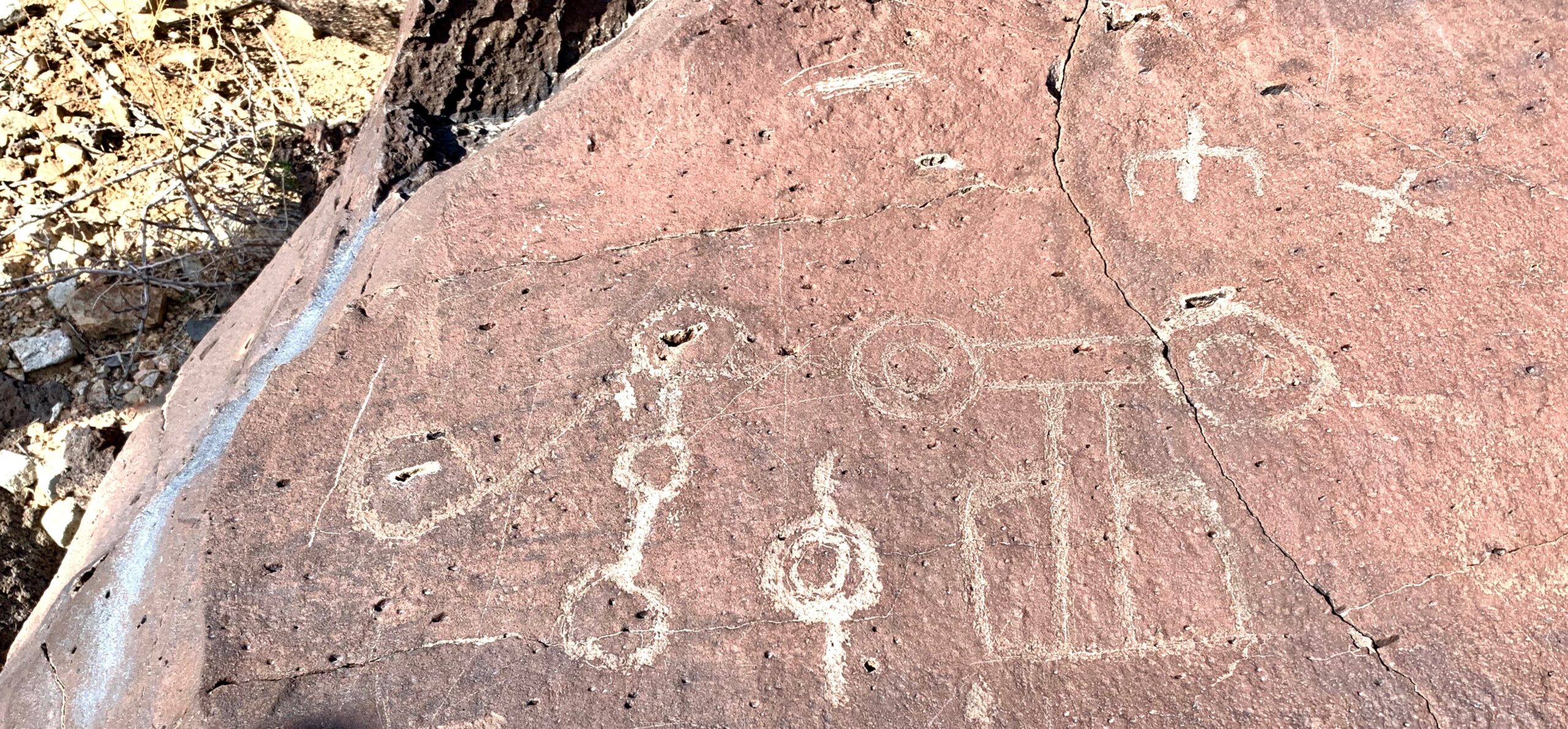
The Field House acknowledges that Utah’s geological story extends into human history, featuring exhibits on indigenous peoples who have called this region home for thousands of years. These displays show how Native American cultures have long recognized and interpreted the fossil evidence around them, often incorporating these discoveries into their oral traditions and spiritual beliefs.
Petroglyphs and pictographs throughout the region sometimes appear to depict dinosaur tracks or other fossil evidence, suggesting that indigenous peoples were among the first paleontologists, observing and recording the ancient life preserved in their homeland. The museum presents these perspectives respectfully, recognizing multiple ways of understanding and interpreting natural history.
Modern Research and Scientific Collaboration

The Field House functions as an active research institution, not merely a display space for old discoveries. Ongoing paleontological projects throughout the region continue to yield new specimens and scientific insights. The museum maintains collaborative relationships with universities, other museums, and research institutions worldwide.
Recent discoveries have included new dinosaur species, evidence of previously unknown ecosystems, and insights into mass extinction events. The museum’s research program ensures that these findings quickly become incorporated into public education, keeping exhibits current with the latest scientific understanding.
Visiting researchers often present their work to the public through special lectures and temporary exhibits, creating opportunities for direct interaction between the scientific community and museum visitors.
Educational Programs and Outreach

The Field House extends its educational mission far beyond its physical walls through comprehensive outreach programs. School groups, summer camps, and specialized workshops bring hands-on paleontological education to students throughout the region. These programs often include field experiences where participants can engage in actual fossil hunting and scientific data collection.
The museum’s educational philosophy emphasizes active learning and critical thinking rather than passive absorption of facts. Students learn to ask scientific questions, make observations, and draw evidence-based conclusions. Many programs culminate in participants making their own fossil discoveries, creating powerful personal connections to the scientific process.
Conservation and Fossil Protection

Beyond education and research, the Field House plays a crucial role in fossil conservation and site protection. Utah’s rich paleontological heritage faces ongoing threats from natural erosion, unauthorized collecting, and development pressures. The museum works closely with land management agencies to protect significant fossil sites and educate the public about responsible fossil collecting.
Professional paleontologists associated with the museum regularly survey known fossil localities to assess their condition and make recommendations for protection. This monitoring work often leads to rescue excavations when sites face imminent destruction, saving scientific specimens that might otherwise be lost forever.
Public education about fossil ethics forms a key component of the museum’s mission, helping visitors understand why professional scientific collection differs from casual fossil hunting and why protecting paleontological resources benefits everyone.
Technology and Digital Innovation
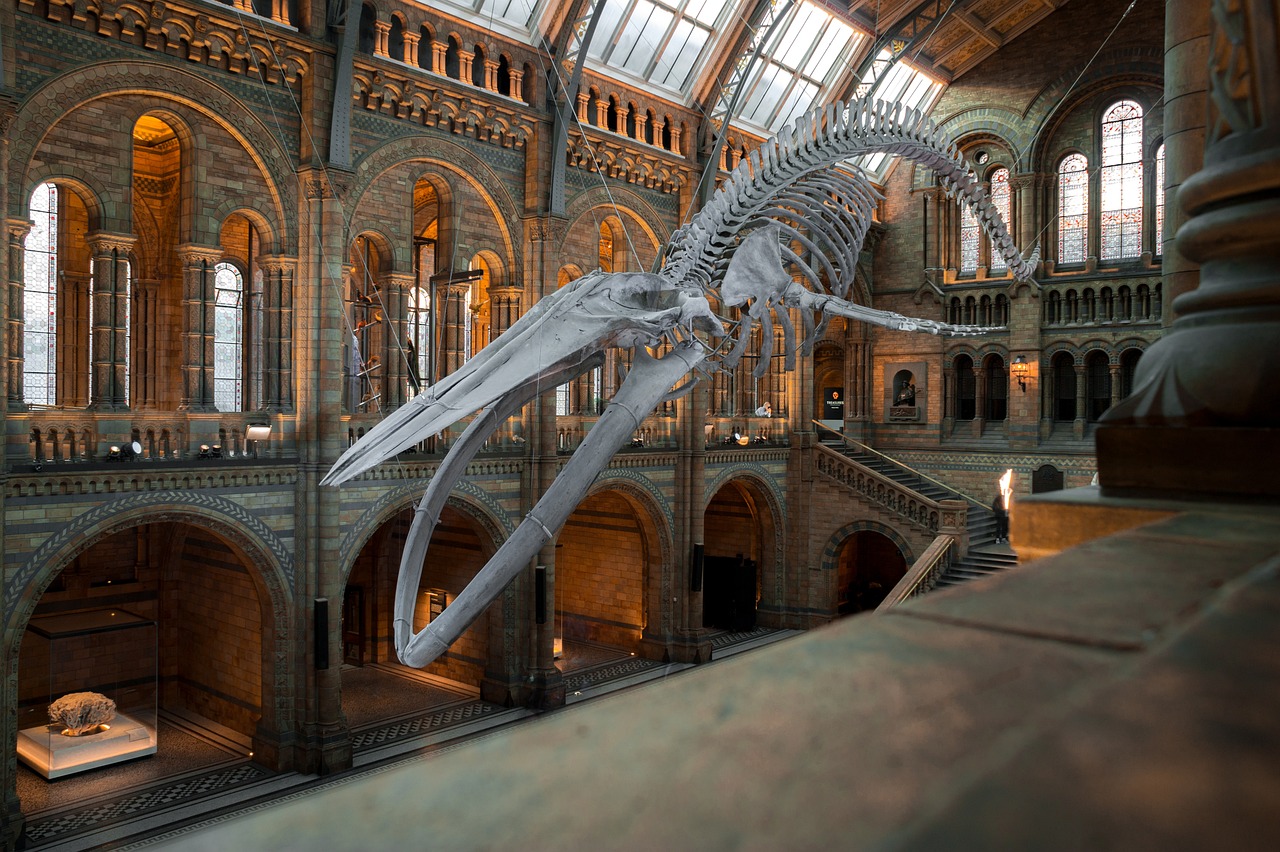
Modern museum visitors expect interactive, engaging experiences that go beyond traditional static displays. The Field House incorporates cutting-edge technology including virtual reality experiences, augmented reality applications, and interactive digital displays. These tools help bring ancient worlds to life in ways that would have been impossible just a few years ago.
3D printing technology allows the museum to create accurate replicas of fragile or rare specimens, enabling hands-on experiences that would be impossible with original fossils. Digital scanning and modeling techniques capture precise measurements and details that aid both research and education.
The museum’s website and social media presence extend its educational reach globally, sharing discoveries and insights with audiences far beyond Utah’s borders while building communities of paleontology enthusiasts worldwide.
Future Discoveries and Ongoing Mysteries
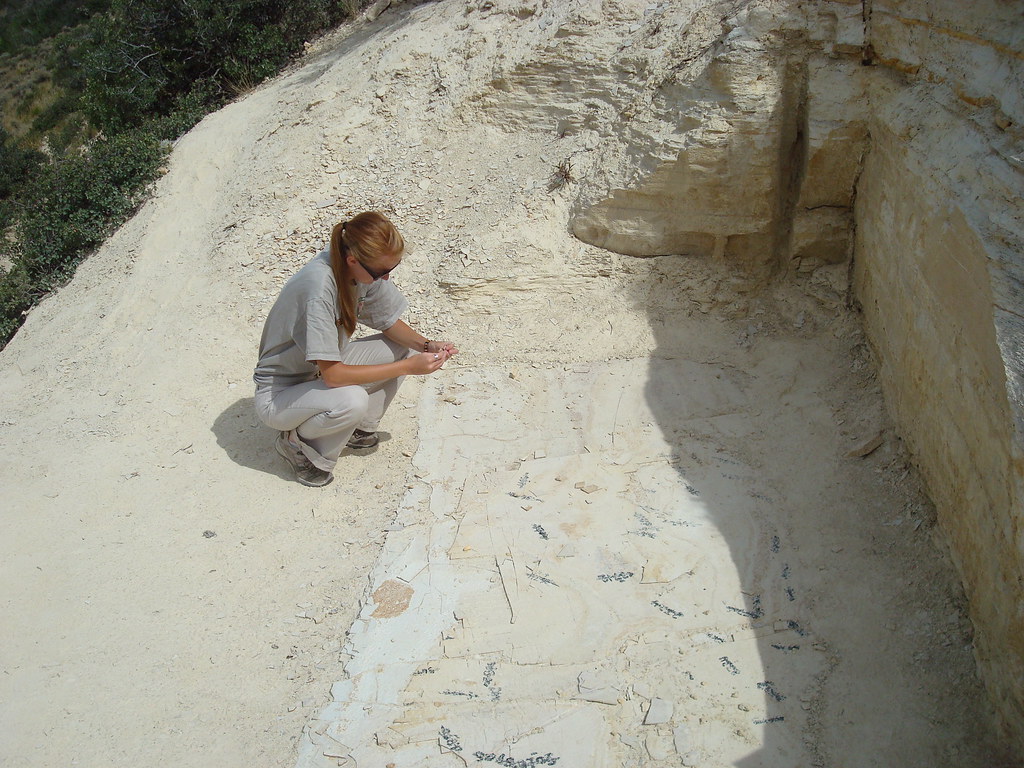
Despite more than a century of paleontological research in the region, scientists estimate that the vast majority of fossil species remain undiscovered. Each field season brings new finds that reshape our understanding of ancient ecosystems and evolutionary history. The Field House serves as a window into this ongoing process of discovery, showing visitors that paleontology remains a dynamic, rapidly evolving science.
Current research questions include understanding the precise timing and causes of mass extinction events, reconstructing ancient food webs, and determining how climate changes affected prehistoric life. Advanced analytical techniques continue to reveal new information from specimens collected decades ago, demonstrating that museum collections represent vast repositories of untapped scientific potential.
The museum’s commitment to ongoing research ensures that future generations will continue to benefit from new discoveries and insights emerging from Utah’s geological treasures. Every visitor becomes part of this continuing story of exploration and understanding.
Conclusion: A Living Connection to Deep Time
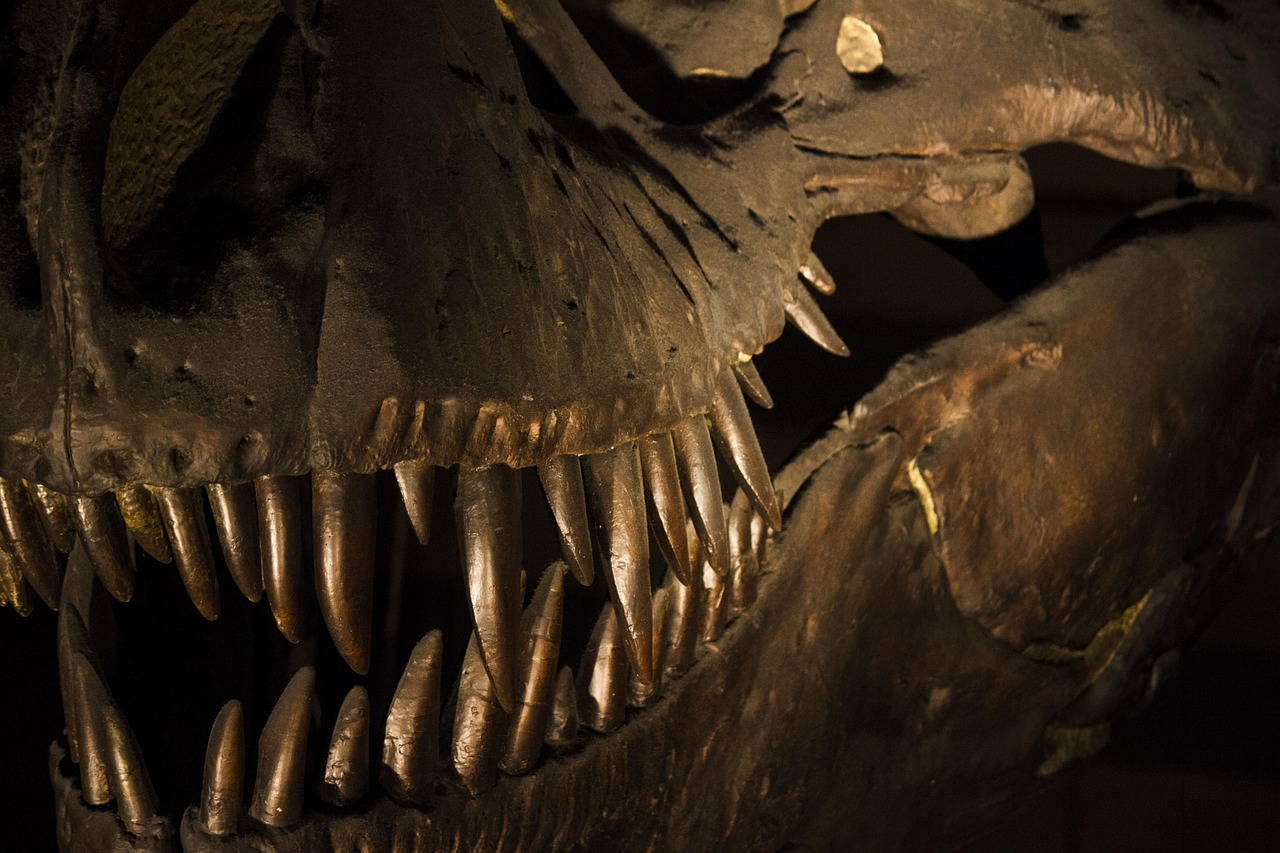
The Field House of Natural History transforms abstract geological time into tangible human experience, creating connections between modern visitors and ancient worlds that span hundreds of millions of years. Through its combination of spectacular displays, active research, and innovative education programs, the museum demonstrates that paleontology remains vibrantly alive and relevant to contemporary life.
Whether you’re a curious child encountering dinosaurs for the first time, a student exploring potential career paths, or an adult seeking to understand your place in Earth’s grand narrative, the Field House offers transformative encounters with deep time. The museum’s greatest achievement lies not just in preserving the past, but in inspiring future generations of scientists, educators, and informed citizens who will continue the work of understanding our planet’s remarkable history.
Standing among these ancient giants, surrounded by evidence of worlds lost to time, visitors can’t help but gain perspective on both the fragility and resilience of life on Earth. What will future paleontologists discover about our own era when they examine the geological record we’re creating today?

